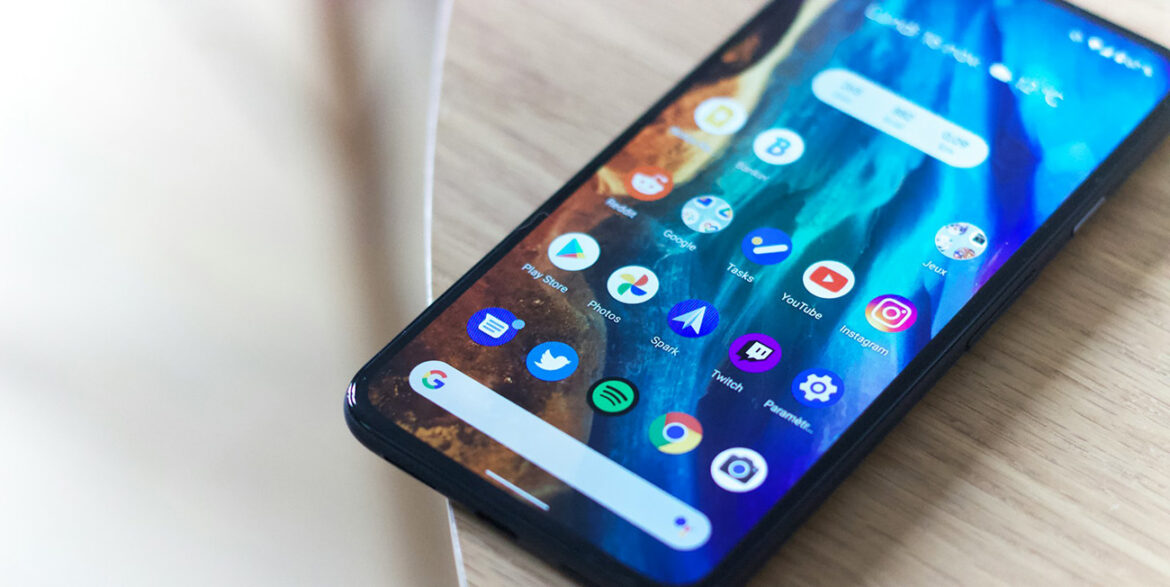There comes a time in every phone’s life when a factory reset is the best option. Whether you’re selling it, trying to fix a stubborn software issue, or just want to start fresh, wiping everything and going back to square one can make your device feel brand new again.
But doing a factory reset isn’t something to take lightly. It wipes everything — apps, messages, photos, settings — and brings your phone back to how it was the day you took it out of the box. I’ve done this more times than I can count (working in IT, it’s practically a weekly routine), and I’ll walk you through the entire process step-by-step so you know exactly what to expect and how to avoid any headaches along the way.
What Does a Factory Reset Do?
Before we jump into the steps, let’s be clear on what a factory reset actually means:
- Deletes all user data: Apps, contacts, messages, photos, files, and account logins — gone.
- Wipes system settings: Network settings, wallpapers, accessibility preferences, etc.
- Keeps the Android version: Your operating system will stay updated — a reset won’t roll back updates.
- Doesn’t remove SD card data (unless you choose to): Files on an external SD card are typically untouched unless you explicitly wipe them.
In short: if it didn’t come with the phone originally, a reset will remove it.
When Should You Factory Reset?
A factory reset can help with:
- Selling or giving away your phone
- Persistent bugs or software glitches
- Forgotten screen lock (when done via recovery mode)
- Battery or performance issues (if other fixes haven’t worked)
- Starting fresh without all the clutter
Just be sure you’ve tried other options first, especially if you’re hoping to solve a performance issue — sometimes a cache clear or uninstalling heavy apps is all it takes.
Step 1: Back Up Everything Important
Trust me, once it’s gone, it’s gone. So before doing anything else, make sure you’ve backed up:
- Photos & Videos: Use Google Photos or manually move them to a computer or cloud storage.
- Contacts: Sync with your Google account.
- App data: Some apps, like WhatsApp, let you back up to Google Drive.
- Files & Documents: Move them to Google Drive, Dropbox, or your computer.
- SMS messages: You can use apps like SMS Backup & Restore if you want to keep your texts.
Take your time with this step. I’ve seen too many people rush it and lose years of memories.
Step 2: Sign Out of Google Accounts (Optional but Recommended)
If you’re planning to sell or give away the phone, you’ll want to remove your Google account beforehand. If you skip this, the phone may stay locked due to Factory Reset Protection (FRP) — meaning the next person will need your Google login to use the phone.
To sign out:
- Go to Settings > Accounts (or Passwords & Accounts).
- Tap your Google account.
- Select Remove account.
Do this for all accounts listed.
Step 3: Perform the Factory Reset
Here’s how to actually reset the phone.
Method A: From the Settings Menu (Most Common)
- Open Settings.
- Tap System (sometimes under General management or About phone, depending on your device).
- Tap Reset options or Reset.
- Select Erase all data (factory reset).
- Read the warning and tap Reset phone.
- Enter your PIN/password if prompted.
- Tap Erase everything to confirm.
The phone will reboot and start the reset process. This can take several minutes.
Method B: Using Recovery Mode (If You Can’t Access Settings)
If your phone won’t boot properly, or you’ve forgotten your PIN, you can reset it from recovery mode.
Warning: This method will definitely wipe everything without confirmation prompts.
- Turn the phone off completely.
- Hold Power + Volume Up (or Power + Volume Down, depending on the brand) until the logo appears.
- Use the volume buttons to navigate to Recovery Mode and press the Power button to select it.
- Use the volume buttons again to choose Wipe data/factory reset.
- Press the Power button to confirm.
- Select Yes when prompted.
Once complete, select Reboot system now.
Step 4: Set It Up or Leave It Ready for the Next Person
After the reset, the phone will reboot and show the initial setup screen, just like when it was brand new.
- If you’re keeping the phone: follow the on-screen steps to set it up again, sign in with your Google account, and restore backups if available.
- If you’re selling or giving it away: just power it off at the setup screen and hand it over.
A Few Extra Tips
- Factory resets don’t wipe SIM cards or SD cards, but if you’re giving the phone away, it’s a good idea to remove both beforehand.
- If your phone has Samsung’s Find My Mobile or Google’s Find My Device, make sure you’ve turned it off before resetting.
- Don’t forget to decrypt your SD card (if it was encrypted), or it won’t be usable elsewhere.
A factory reset is like a clean slate for your phone — and sometimes for your peace of mind too. Whether you’re troubleshooting a stubborn bug or preparing to pass your phone on to someone else, doing it properly means you’ll avoid any future surprises.
As long as you back everything up, take a few minutes to double-check your settings, and follow the right method for your device, you’ll be good to go.
